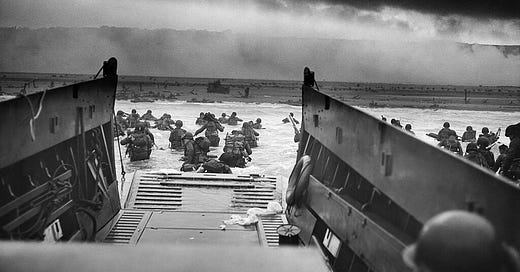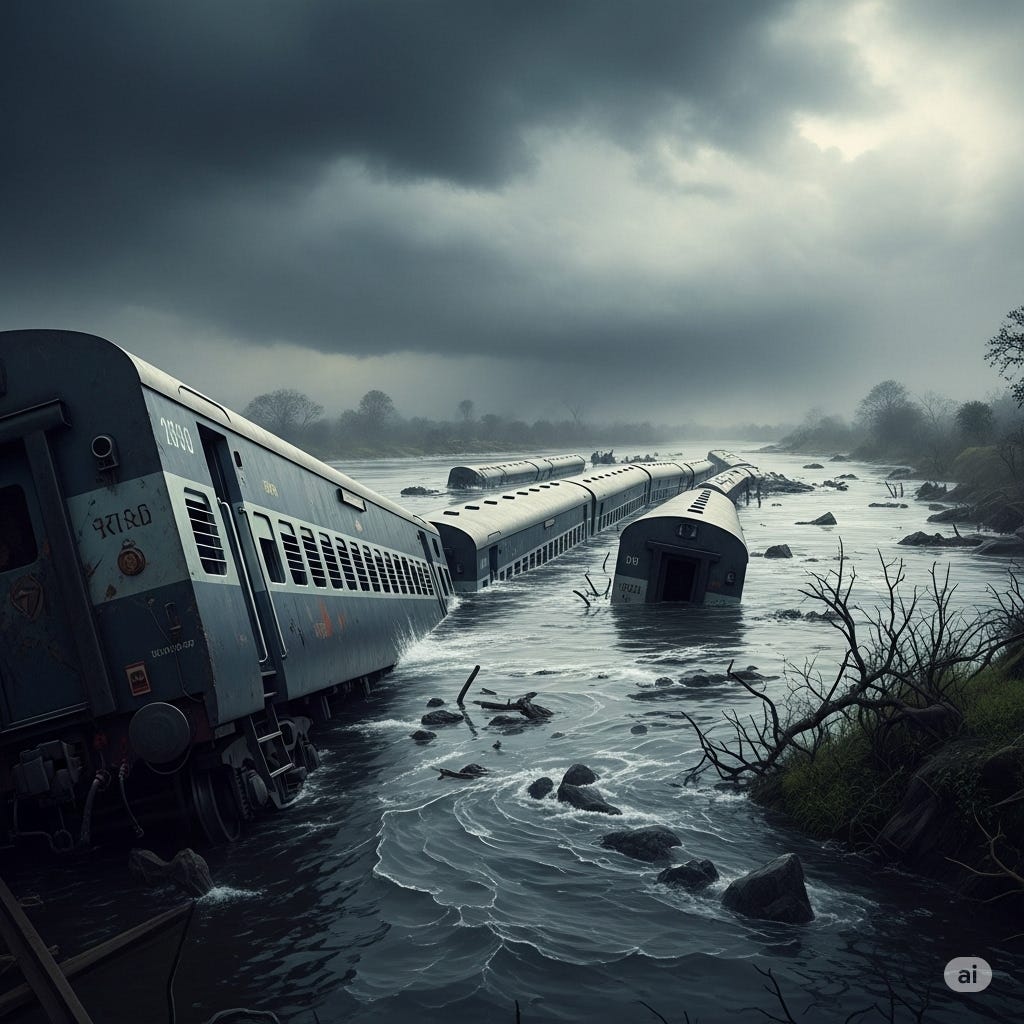1889 — The Great Seattle Fire
image generated using Google Gemini
As nobody lost their lives as a result of it, in the long run the Great Seattle Fire may be viewed almost as a blessing in disguise. The fire that occurred there on that date in 1889 was not nearly as large or destructive (and again, no lives were lost in this instance) as The Great Chicago Fire of 1871 and the even worse Peshtigo Fire that took place at the same time, but in a remote and rural part of Wisconsin and was and is thus relatively unknown to people outside of that State. Still, though, it was a significant fire, scorching 100 acres and causing $20 million in damage.
Some of the contributing or exacerbating factors making the fire so destructive are similar to the fire in Constantinople in 1870, as written of in yesterday’s edition, especially the prevalence of wooden buildings.
Also in common was the fact that the fire was not arson-caused, but an accident: a pot of heated glue at a woodworking shop burst into flames, and as the shop was covered with turpentine-infused wood chips, the conflagration was quick and rapidly spread. Increasing the volatility of the blaze was the early incineration by it of a liquor store, whose exploding bottles of alcohol added fuel to the inferno. Much of the business district and waterfront of Seattle were destroyed.
So why can the fire be called a “blessing in disguise”? Some of the reasons for the fire’s extensive damage were the poorly trained volunteer fire department, the inefficient use and amount of water available to fight the fire, and the unsafe buildings. In response to these things, the city replaced the volunteers with professionals, created a city-managed water system (it had previously been a private company providing water), and instituted building codes to mandate safety measures by followed, such as the type of building materials to be used (brick and stone rather than wood).
Within a year, the city’s population increased by 30%.
Sometimes something has to “burn up” before people are motivated to improve things.
Questions: Had you ever heard of this fire in Seattle before? Which fire in U.S. history, do you think, is the most widely known? How about in world history? What is the best in world history? How can fires best be prevented? What precautionary measures can you take in advance to protect yourself from fire, and what can you do during a fire that will be most effective in keeping yourself and others safe?
1944 — Invasion of Normandy (D-Day)
public domain image from wikimedia commons
One of the most pivotal operations in World War 2 began on this date in 1944. The few still living who took part in it are centenarians, but people as relatively young as 85 may still remember hearing about it. It was then called Operation Overlord, but became known as D-Day (the first “D” doesn’t stand for anything other than “Day,” so saying D-Day [“Day Day”] is similar to someone saying, ‘Thank God it’s TGIF day’).
In a nutshell, D-Day was the invasion of northern France (specifically the region of Normandy) by allied forces, specifically Americans, Canadians, and Brits. The assembled forces were massive: 13,000 aircraft were sent, and 18,000 parachutists dropped. Those numbers were dwarfed by the combined 155,000 allied troops who swarmed the beaches.
The invasion was successful, and the allies pursued the Germans eastward as Russian forces hemmed them in, advancing from the opposite direction.
U.S. President Dwight Eisenhower (1890-1969) and his generals outfoxed German leader Adolf Hitler (1889-1945) and his henchmen (such as Erwin Rommel, 1891-1944, who was away on leave at the time) with both the timing and location of the assault.
Questions: Have you seen the 1962 movie The Longest Day? Have you seen the 1998 movie Saving Private Ryan? Have you seen the 2001 series Band of Brothers?
1981 — Hundreds Die in India Train Derailment
not precisely accurate but true-to-spirit image generated using Google Gemini
Almost 600 of the approximately 1,000 passengers were killed when a train derailed in northeastern India on this date in 1981. Apparently trying desperately to avoid hitting a cow on the tracks (an animal Hindus consider holy), the engineer braked so hard that the train skidded along the slick tracks, causing seven of the nine cars from the train to plunge into the murky depths of the monsoon-swollen Bagmati River.
Over the next few days, 286 bodies were recovered, but 300 remained missing/unaccounted for.
The weather, the cow, and the engineer jointly contributed to the disaster.
Questions: Have you ever traveled by train? Do you think train travel is safer than travel by automobile? Do you think train travel is safer than travel by plane?







